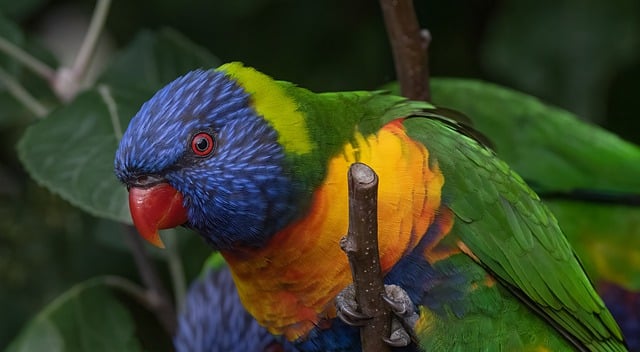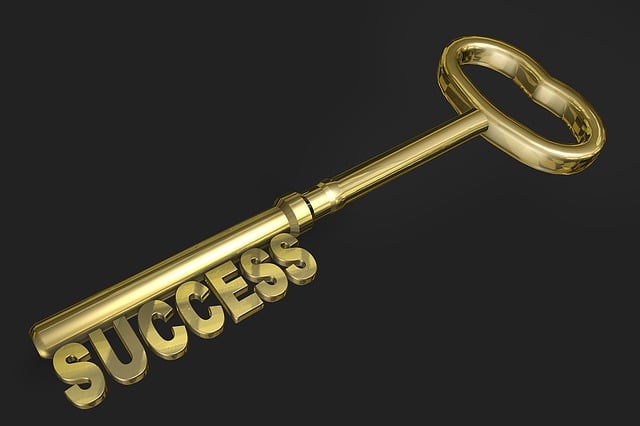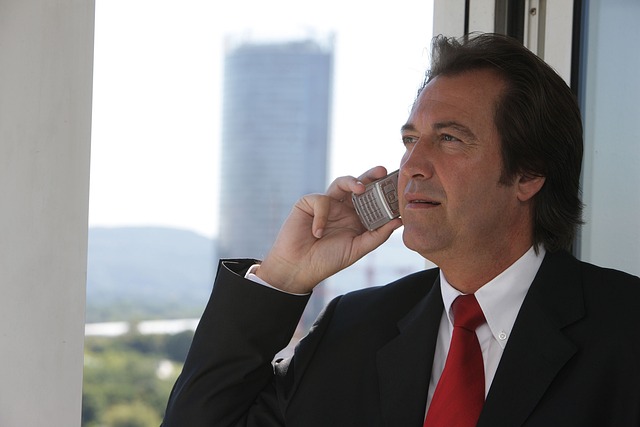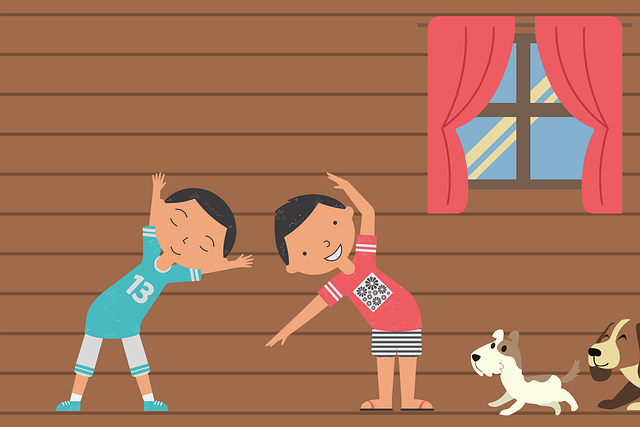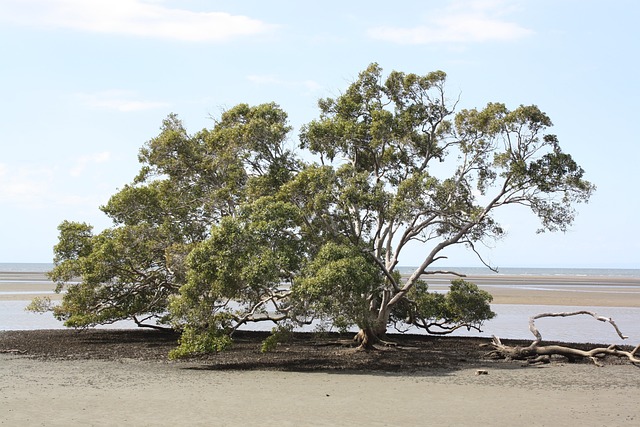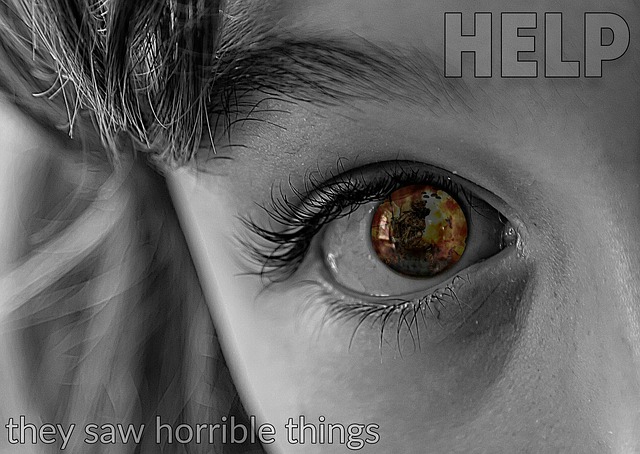Sylvie Rokab recently presented a Zoom workshop as a teaser for her 8-week online course, Discover the Power of Nature-Inspired Mindfulness. The course is designed to help us relieve anxiety and release our natural power. Sylvie is a multi-talented nature lover who inspires others to appreciate nature through her talks, filmmaking, forest bathing experiences and mindfulness workshops and courses. In a TEDx talk, she spoke of the healing power of nature and described nature as medicine. A highpoint in Sylvie’s life and work is the making of the award-winning film, Love Thy Nature, as Director, with Liam Neeson as Narrator.
In the Zoom workshop, Sylvie used a visualisation exercise to help participants get in touch with nature by envisaging walking beside water flowing in a river and immersing themselves in the related sensory experiences. Participants reported a sense of calm, relaxation and peacefulness as they became immersed in this mindfulness experience.
Negativity bias contributes to anxiety
Sylvie argues that the “negativity bias” that we have inherited from Mother Nature is designed to ensure our survival as individuals and as a species – the fight/flight/freeze response mechanism enables self-protection. As Tara Brach points out in her Power of Awareness Course, the negative bias of our genetic make-up can feed anxiety and deprive us of happiness. Mindfulness, in contrast, can nurture the seeds of happiness by building awareness of everything that is positive in our life, including awe-inspiring nature.
Sylvie also explained that the culture that we live in today induces anxiety and unhappiness. The negative dynamics of our society are reflected in colonisation, mineral extraction, and the greed of invasion and land grabbing. Sylvie maintained that this “dysfunctional living” leads to a sense of disconnection and isolation as we lose sight of our connectedness. Social media and advertising, too, are biased towards messaging that emphasises our deficits – not being good enough, and how to become smarter, cool, or sexier. Tara Brach discusses the resultant “trance of separation and unworthiness” in an insightful article that focuses on “awakening” from the trance through honouring our interconnectedness with all living things, including our own bodies and nature.
Valuing our interconnectedness
Sylvie highlighted our interconnectedness with nature by stating that “nature is breathing you” and “calming your brain”. She talked of the need for a “nature fix” to enable us to relax and unwind from the busyness of life and the concurrent negative messaging. Sylvie reminded us that the definition of mindfulness proposed by Jon Kabat-Zinn emphasises adopting a non-judgmental stance. Our society, however, encourages judgment, comparison and envy which act as blocks to kindness, compassion and happiness.
Sylvie reminded us that Quantum Physics has provided evidence of the interconnectedness of everything. She encouraged us to become amazed that we are part of something that is much bigger than ourself – just viewing the images and videos of the Hubble Space Telescope can expand our horizons enormously and cultivate our sense of wonder. She suggests that the more we can remind ourselves to observe nature (e.g., the sky, trees) and imagine the earth going around the sun, the better we will be able to achieve “calm showing up in the world and in our relationships”. Sylvie quoted Rumi’s comment that we are not just a drop in the ocean but “the entire ocean in a drop” – a theme that is embraced in Lulu & Mischka’s mantra meditation, “Stillness in Motion”.
Mindfulness practices to cultivate awareness
During the Zoom workshop, Sylvie encouraged us to explore mindfulness practices to cultivate awareness. A starting point could be observing silence for 10 minutes on a daily basis – observing silence and stillness in nature is a pathway to self-awareness and resilience. Sylvie reminded us of the neuroscience supporting the value of mindfulness in altering our mind and brain.
Another mindfulness practice that Sylvie encouraged is a practice called S.T.O.P. – promoted by Tara Brach. The practice involves pausing (Stop), deep breathing (Taking a breath), noticing our emotions and bodily sensations (Observing) and responding with self-regulation (Proceeding). This practice cultivates self-awareness, emotional regulation and calmness.
Sylvie maintained that mindfulness practices designed to commune with nature awaken the senses and enable us to connect with “nature beings”. She especially encouraged nature therapy through “forest bathing” which is scientifically proven to have healing effects both mentally and physically. She also recommended that we engage with, and attract, people who are committed to, and consciously pursuing, mindfulness – arguing that “many drops of water” can make a river or ocean of support and change.
Reflection
There are many ways that we can engage with nature. Sylvie’s presentation made me more aware of the ways that I attempt to connect with nature on a daily basis – growing plants, composting and worm farming, watering our herbs and native trees, observing and listening to birds (Rainbow Lorikeets, Kookaburras, Noisy Minors, Magpies, fish-eating birds and various nectar-eaters), walking along the esplanade beside the bay and marina, and cultivating natural awareness while standing on our deck (that overlooks our back garden with a view of the Bay and islands in the background). I am often amazed by, and savour, the stunning sunrises and sunsets reflected in the water of a morning or evening.
Sylvie maintained that her course on nature-inspired mindfulness enables participants to overcome confusion and distractions caused by information overload and to revitalize their purpose while developing “a sense of community” and connectedness with nature. She encourages us to explore contemplative practices to achieve clarity about our values, vison and life purpose. These practices can enable us to be true to ourselves and live in a way that is aligned to our purpose and values. She suggested, for example, going into nature and asking questions that are potentially empowering:
- What is the lesson to be learnt here?
- How do I grow from my connection to nature?
- How am I sharing my gifts and passion for the benefit of others?
- What would my life be like if I was fully aligned to my vision, values and purpose?
As we grow in mindfulness by connecting with nature, engaging in nature-inspired contemplative practices and savour our natural environment, we can deepen our awareness, heighten our connectedness and cultivate appreciation, gratitude and compassion.
________________________________
By Ron Passfield – Copyright (Creative Commons license, Attribution–Non Commercial–No Derivatives)
Disclosure: If you purchase a product through this site, I may earn a commission which will help to pay for the site and the resources to support the blog.
